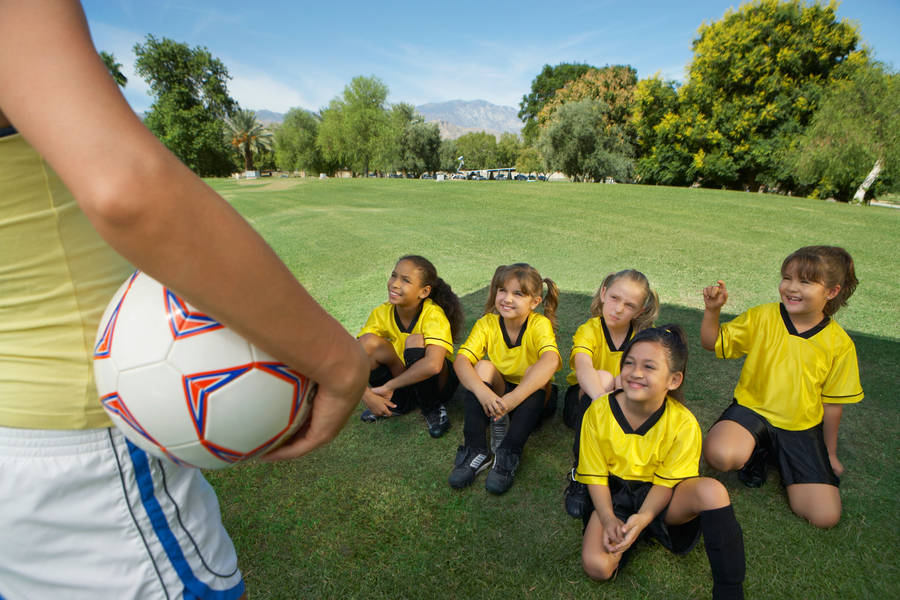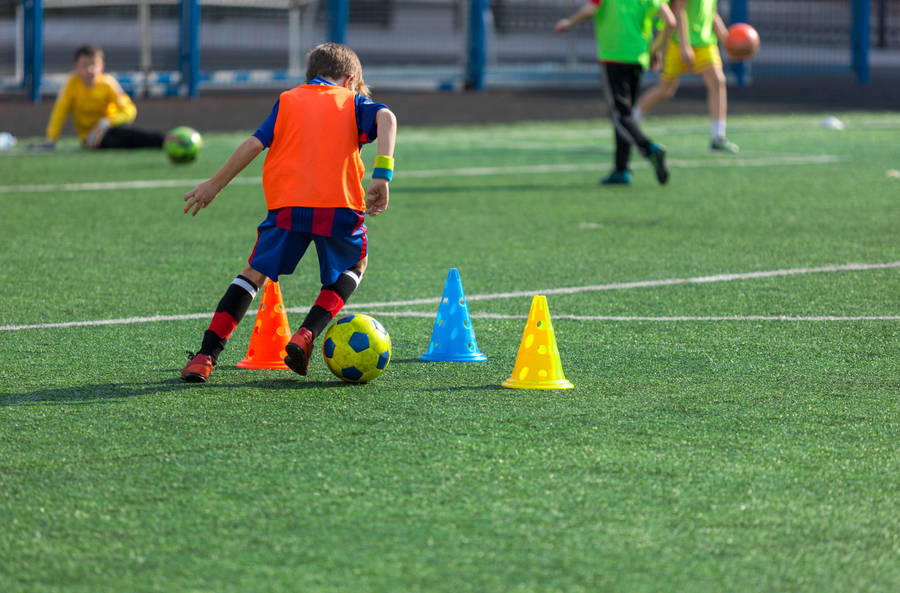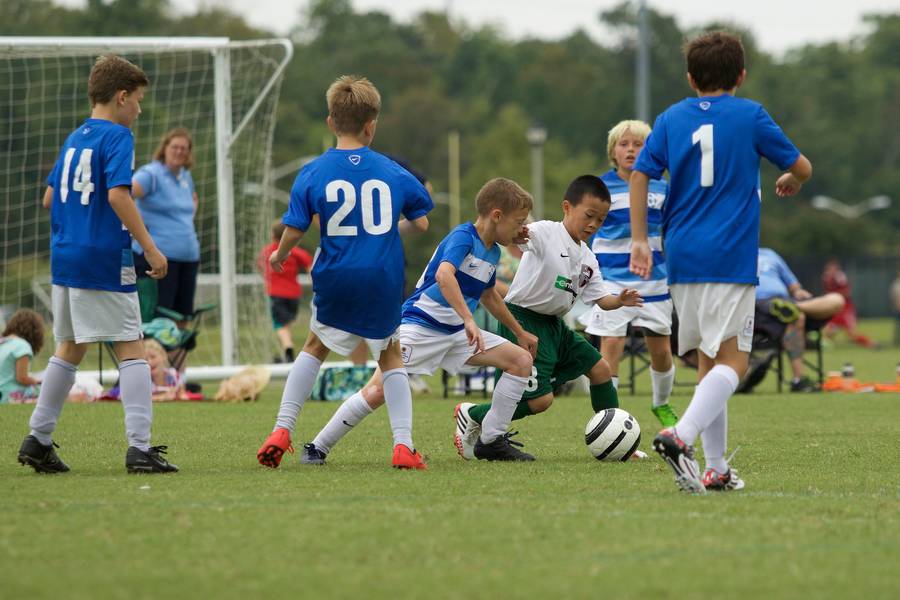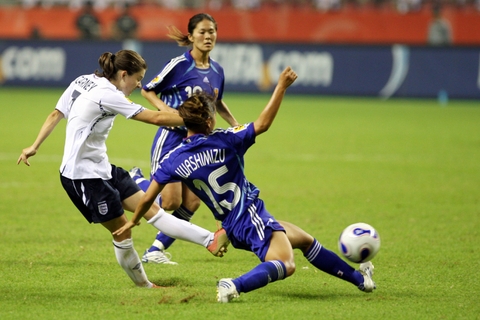
As Spring arrives and the football season reaches its end, we come to the time of year when my focus wanders to my other great sporting love, Cricket. As a young player I played both sports, football to a reasonable level and cricket just for fun as there was adequate room in the calendar to do both.
From my generation, Gary and Phil Neville were both outstanding cricket players before choosing to focus only on football with even the likes of Andrew Flintoff and Michael Vaughan talking about how talented they were.
It might just be me but it seems like the numbers of kids playing multiple sports to a high level is reducing. We know that the enduring appeal of football has a tendency to swallow up everything around it but is this damaging other sports and also the experience of youngsters who may have talents in different areas? And what are the choices for parents of a child who can only see a future in playing football? Is it better to opt for early specialisation in football or promote participation across multiple sports?
We know that the allure of early specialisation is powerful and easily understood. We know the stories of Wayne Rooney signing with Everton at nine, Marcus Rashford joining Manchester United at seven and Jude Bellingham who was spotted by Birmingham City scouts before he'd finished primary school. These stories create a compelling impression that the path to footballing excellence requires singular focus from the earliest possible age. Professional academies reinforce this, with talent identification programmes reaching ever younger age groups and structured training regimes that demand increasing time commitments from children as young as six or seven.
I was recently talking to a parent of a 10 year old who told me her son's coach had told them he needs to choose between football and rugby if he wants to progress. She said that he loves both sports, but there's an implied pressure that he'll fall behind if he doesn't commit fully to football now. I have to say, I found that really disappointing.
The actual evidence for early specialisation in football is wafer thin. Football is a sport where peak performance typically occurs in the mid - late twenties. The physiological and cognitive demands of the game simply don't require or benefit from the kind of early specialisation that might be needed in other sports like gymnastics or figure skating.
Research published in the British Journal of Sports Medicine suggests that early specialisation in team sports correlates with higher injury rates, increased burnout, and perhaps counter intuitively, lower likelihood of reaching elite levels compared to those who played multiple sports through childhood.
The FA's youth development guidelines now explicitly acknowledge the benefits of multi sports participation, which represents a shift from previous decades when accumulating 10,000 hours of deliberate football practice was considered the gold standard for development.
The physiological case for multi sport participation is perhaps more obvious. Children who engage in different sports develop more comprehensive fundamental movement and physical skills. Swimming for example builds cardiovascular endurance while requiring different breathing patterns. Rugby develops physical robustness and spatial awareness under pressure. Athletics enhances straight line speed and explosive power. Basketball cultivates hand eye coordination, tactical understanding and 1 vs 1 opportunities. Each of these attributes eventually translates into football performance, but
they develop through different movement patterns and physical challenges than football alone can provide.
Something I saw Emma Hayes say in an interview a couple of years ago stuck with me. She said "The problem with early specialisation is that it creates good 10 year old footballers, not excellent adult footballers" Her view is that when children play multiple sports, they build a more complete athletic foundation that ultimately allows them to reach higher levels in their adult years, when it actually matters.
Early specialisation can also place pressure on young children to achieve, sometimes leading to what sports psychologists call ‘identity foreclosure’ which is when youngsters begin to define themselves exclusively as ‘footballers’ rather than developing a broader view of themselves and their personal development. This often leads to vulnerability when the inevitable setbacks come along. It also contributes to performance anxiety and can actually increase the chances of dropping out of the game altogether.
In contrast, children who play multiple sports usually achieve higher levels of enjoyment, motivation and resilience. They experience different coaching styles, various team dynamics and diverse competitive environments which all contribute to more robust coping mechanisms and adaptability.
When they eventually focus more specifically on football, they bring these psychological tools with them which makes them stronger players and individuals.
One of the female players at our club has recently progressed to an Academy team and she credits her gymnastics as the key reason for her core strength and athleticism that sets her apart on a football pitch. She also believes its given her a level of discipline and a taught her to manage performance pressure after competing at County level. There’s no question she is a much better football player for the experience.
The social benefits of playing multiple sports are harder to quantify but probably no less meaningful.
Different sporting environments expose children to alternative peer groups allowing them to develop more diverse friendship networks. This broader social exposure helps develop communication skills across different contexts and reduces the risk of social isolation if their football relationships become challenging. In grassroots football, where our mission extends beyond developing footballers to nurturing well rounded young people, these social considerations should be encouraged.
However, probably the most compelling evidence for encouraging participation in multiple sports comes from studying the developmental pathways of elite footballers themselves. A UEFA study of professional players found that the vast majority participated in multiple sports until at least age 14.
England internationals like Harry Kane, Declan Rice and Lucy Bronze all credit their participation in sports like Cricket, Gaelic Football, Tennis and Golf for helping them develop attributes that distinguish them on the football pitch. Even at Barcelona's famed La Masia academy, often cited as the epitome of early specialisation, morning sessions frequently incorporate handball, basketball, and futsal specifically because coaches recognise the distinct benefits these sports provide.
So why is early specialisation a popular concept for young footballers and their parents? The commercial pressures push academies to identify and secure talent earlier, creating a trickle down effect where grassroots clubs feel compelled to copy professional approaches. Parents, are understandably keen to support their children's passions and often worry about ‘missing the boat’ if they don't go all in on football.
As grassroots football continues to evolve, the debate between early specialisation and multiple sports participation reflects bigger questions about our sporting culture. Are we there to developing the exceptional few who might reach professional levels? Or are we equally committed to nurturing lifelong participation, physical literacy, and wellbeing for all children who love the game? Well, the evidence increasingly suggests that multiple sports participation better serves both objectives. It creates pathways for those with elite potential while ensuring positive experiences for the majority who play football for enjoyment, friendship and personal growth. I for one will continue to encourage it.


















